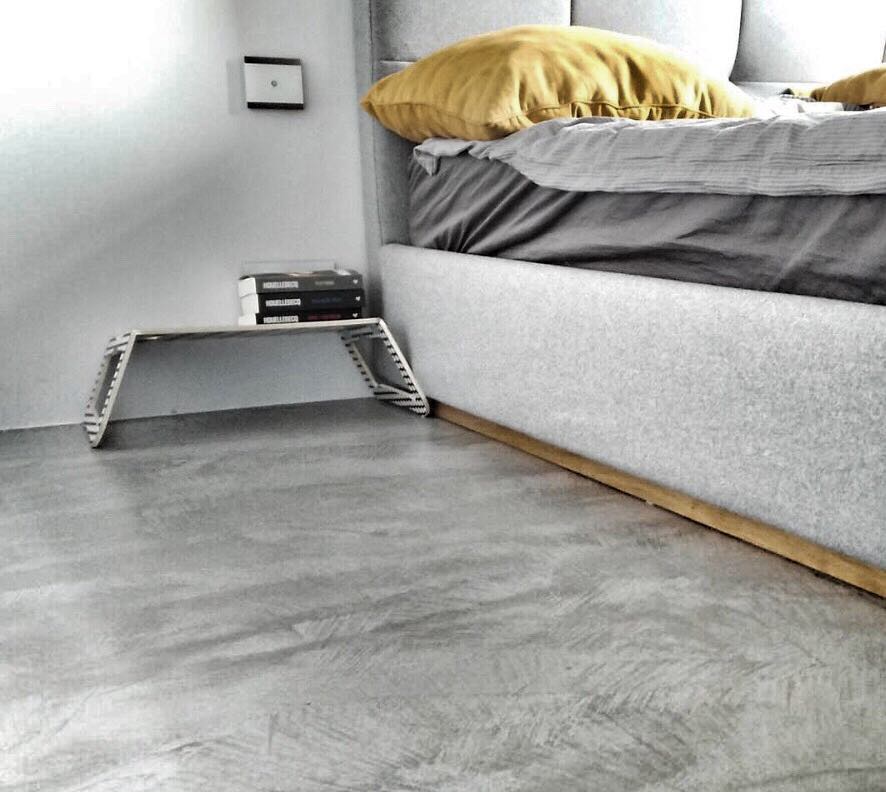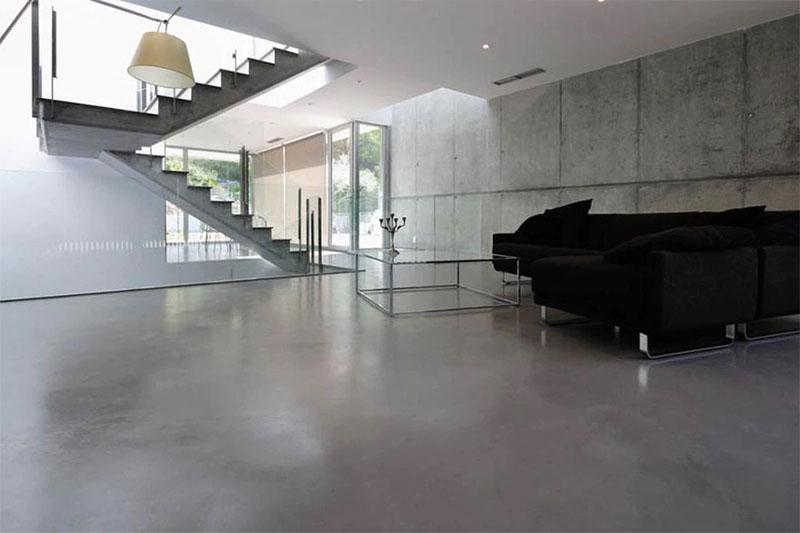What is Microcement?
Microcement is the firm and eco-friendly building material. It is also durable and has a tendency to withstand cyclical storms and floods. Microcement is used for many industrial purposes like water pipes, cavity walls and water tanks etc. In addition, it also serves as the reinforcement of walls and floors in the construction of new buildings, for the expansion and repair of old structures, in lining the drainage of agricultural land, and in the building of churches and religious buildings. Microcement is commonly utilized for the repair and maintenance of crumbling plaster, walls, and ceilings and for flooring and drainage tiles. Microcement is more suitable for structural and masonry purposes, due to its high strength and flexibility and natural cementitious material property.
Advantages of Microcement in Reforms:
Here are the advantages of using microcement in reforms:
1. Easy to construct:
In its plaster form, microcement can be used for repairing walls and ceilings of a building. In fact, microcement is most effective and widely used cement in repairs of dry walls, plaster, concrete, and most structural masonry structures.
The maintenance of dry wall requires a great deal of maintenance and reconstruction with time, which results in the necessity of setting up a large-scale system. It is also appropriate for setting up reinforced concrete walls in a wide range of types. The manufacturers and providers like MyRevest ensure that they follow proper processes during the drying and curing of the microcement.

2. Easy to handle:
Microcement is easy to handle and process. It has a relatively soft and flexible property, which makes it easy to handle, control, and align. In short, it can be flexed and put in any direction. Microcement can be molded, shaped, and cut by using molding tools and easily dried by using electric heating.
For example, it can be stretched into 2-meter-long strips, wrapped into tubes, and so on. Furthermore, there are no routine maintenance charges for microcement, which saves time and money.
3. Water proof:
The presence of silica particles in the microcement gives it the property of being waterproof. It will withstand water vapors for a long time. Microcement is extensively used for the construction of floor, ceiling, and wall tiles.
It is waterproof and an excellent repair material for leaking walls and ceilings. It is also suited for water supply pipes, pipes, and slabs. It will stand the test of time and will give the tiles the required sheen and texture.
4. Cheap and Cost-Effective:
Microcement is a low-cost and versatile alternative to traditional building materials. It is less expensive than plywood, drywall, plaster, stone, and most other conventional building materials.
The other things used in the manufacturing process is also not very high in cost. Thus, the manufacturing cost is less. The material is produced in large quantities and it is cost-effective.

5. Durable and Recyclable:
It is more resistant to termite damage, insect damage, water damage, and fire than other building materials, such as timber and corrugated iron. When microcement is finished at a certain length, it should be dried properly so that it becomes weather and time-resistant.
Besides being a substitute to timber and steel, it is a sustainable building material. It is recycled, thus helping in keeping the environment clean. Due to the use of recycled microcement, there is no damage to the environment during the manufacturing process.
Conclusion
Microcement is an easy-to-use, environment-friendly, and cost-effective material that can be used to repair or build various things, from floors and walls to construction beams. It is also suitable for high temperature, high humidity, and extreme climate conditions. It can be used as a substitute to many of the conventional materials. The material is also recyclable. For those who are interested in using this building material, they can use this for their better future!
